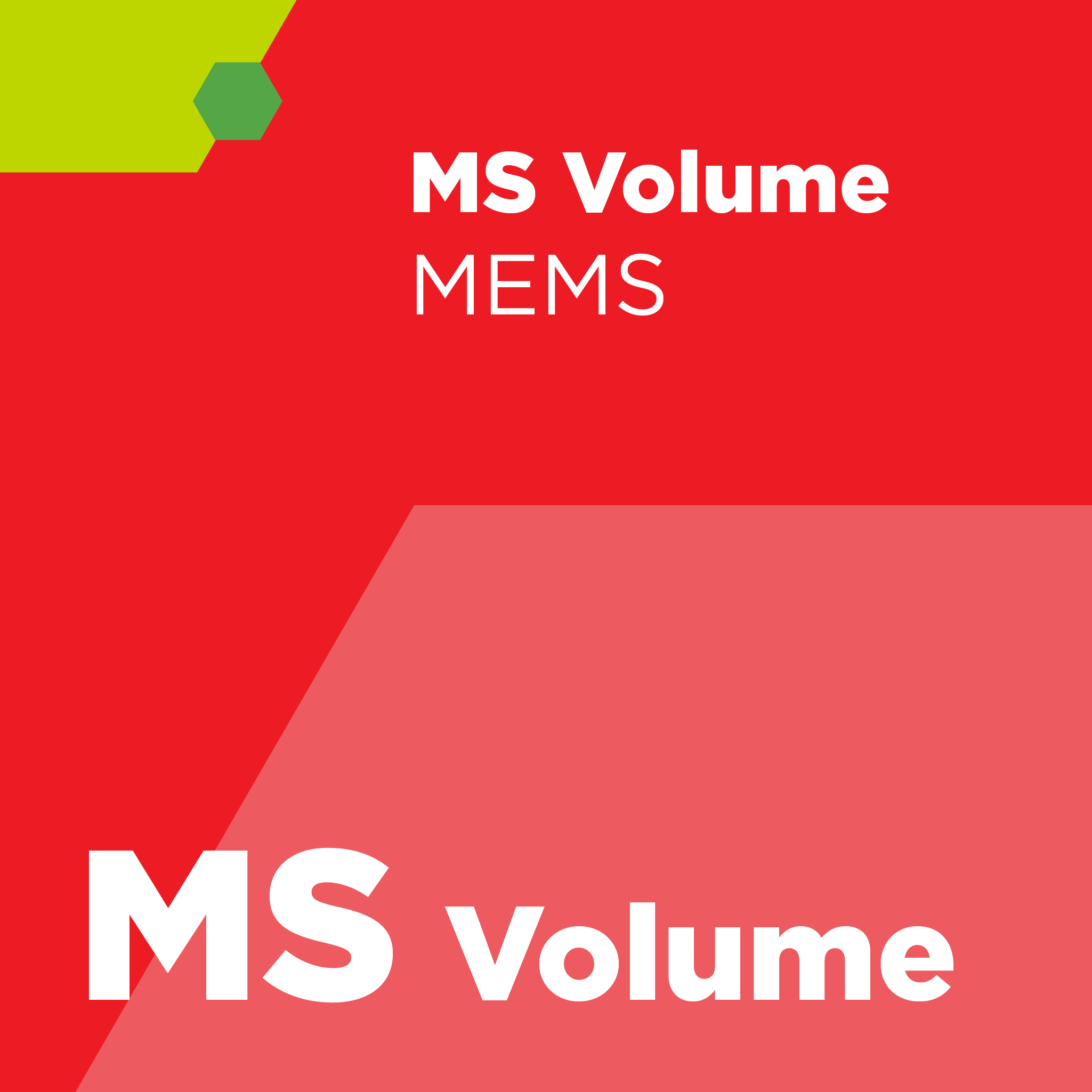
SEMI MS10 - Test Method to Measure Fluid Permeation Through MEMS Packaging Materials -
Abstract
1 Purpose
1.1 Microelectromechanical systems (MEMS) are miniaturized systems requiring packaging for environmental protection and for interaction with the external environment. While there is a wide range of MEMS devices, a fairly common need is for packaging that allows movement of some of the internal subcomponents of the device during operation. This is in contrast to the typical integrated circuit that requires only that the device be protected chemically and mechanically from the environment and that appropriate electrical interconnections are made. In many cases, hermeticity is critical to MEMS device functionality. In other cases, hermeticity is primarily important to the reliability of MEMS devices, similarly to integrated circuits. To accelerate improvements of packaged MEMS devices, leading to higher levels of marketplace acceptance, a guide to prediction and measurement of permeation of MEMS hermetic packages is required.
1.2 This Standard is intended to provide an overview of design considerations and hermetic packaging with particular emphasis on the evaluation of permeation of MEMS hermetic packages having internal cavity volumes that are very small compared to conventional packages.
2 Scope
2.1 This Standard is directed towards defining a common method of measurement of permeation through technical films that are used in sealing hermetic MEMS packages. Areas to be addressed include materials and equipment for producing and evaluating hermetic seals; methods for detection and measurement of leakage; and considerations and recommendations on the evaluation of hermeticity.
2.2 This Standard additionally provides methods for quickly evaluating compliance of a specific hermetic cavity package to application requirements. The Standard may be useful for establishing protocols relating to manufacturing, quality and reliability assurance for all phases of research, development, and production.
2.3 Devices for which this Test Method is expected to be relevant include, but are not limited to, gyroscopes and accelerometers; RF MEMS switches; optical mirrors and switches; pressure sensors; resonators; filters; and microfluidic devices including valves and pumps.
Referenced SEMI Standards (purchase separately)
SEMI MS3 — Terminology for MEMS Technology
Revision History
SEMI MS10-0912 (Reapproved 0525)
SEMI MS10-0912 (Reapproved 0318)
SEMI MS10-0912 (first published)
 |
Interested in purchasing additional SEMI Standards? Consider SEMIViews, an online portal with access to over 1000 Standards. |
Refund Policy: Due to the nature of our products, SEMI has a no refund/no exchange policy. Please make sure that you have reviewed your order prior to finalizing your purchase. All sales are final.

This product has no reviews yet.